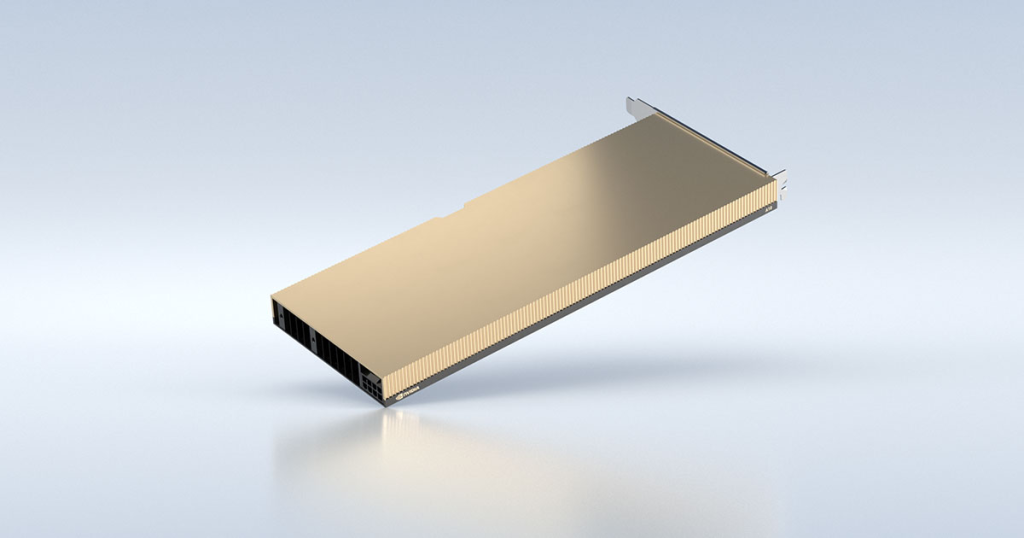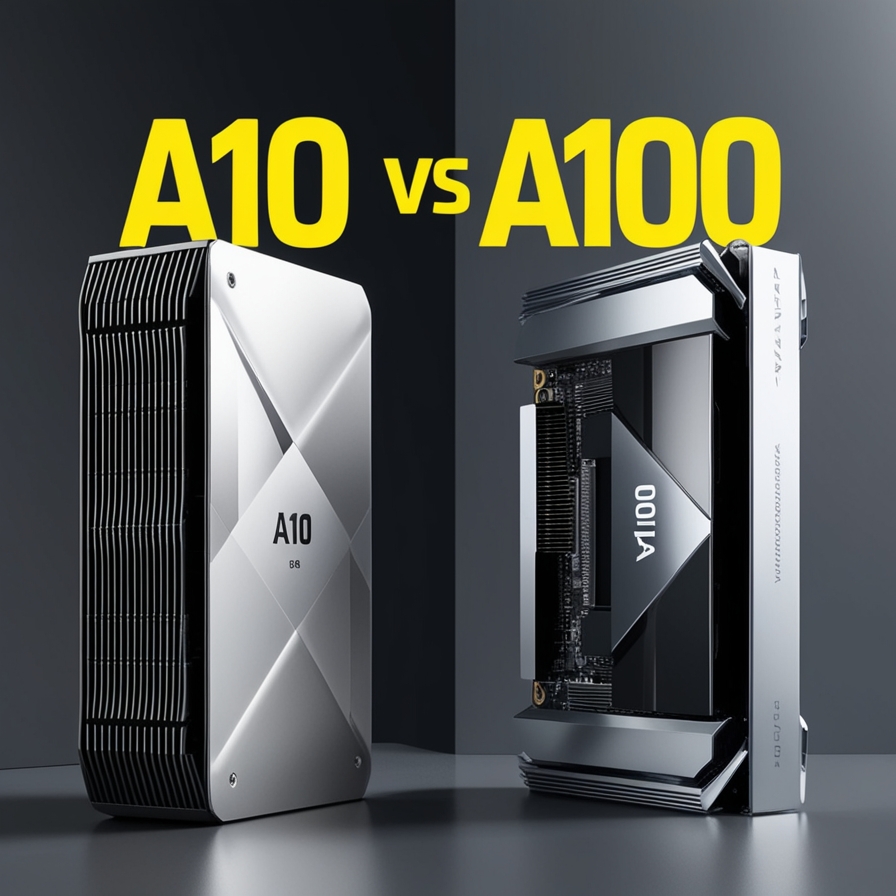Selecting the right GPU for model inference can significantly impact your machine learning (ML) workloads. NVIDIA’s A10 and A100 GPUs are prominent choices for such tasks. Understanding their differences and capabilities will help you make an informed decision based on your needs. Here’s an in-depth comparison to guide you in choosing between these powerful GPUs.
Overview of NVIDIA’s Ampere Architecture
NVIDIA’s A10 and A100 GPUs are built on the Ampere microarchitecture, named after physicist André-Marie Ampère. Released in 2020, the Ampere architecture succeeds NVIDIA’s Turing generation and includes the RTX 3000 series for consumers. In the data center, it features models like the A10 and A100, designed to cater to various performance requirements.
NVIDIA A10: Versatile Performance for Machine Learning

The A10 GPU is designed for versatile performance in machine learning and inference tasks, offering a balanced combination of efficiency and affordability. Ideal for various applications, it provides strong performance for modern models without breaking the bank.
NVIDIA A100: Cutting-Edge Power for Advanced Workloads

The A100 GPU stands at the forefront of high-performance computing, delivering exceptional speed and capability for large-scale ML tasks. Its advanced architecture supports the most demanding workloads, making it the top choice for cutting-edge model inference.
Key Specifications and Performance
These GPUs cater to different needs with their distinct features:
- NVIDIA A10: Known for its versatility and cost-effectiveness, the A10 is suitable for a broad range of inference tasks with decent performance at a lower price point.
- NVIDIA A100: Offers top-tier performance with its advanced architecture, making it ideal for handling large and complex models efficiently.
Comparative Table
| Specification | NVIDIA A10 | NVIDIA A100 |
|---|---|---|
| GPU Architecture | Ampere | Ampere |
| CUDA Cores | 9,216 | 6,912 |
| Tensor Cores | 288 | 432 |
| Memory | 24 GB GDDR6X | 80 GB HBM2 |
| Memory Bandwidth | 600 GB/s | 1,935 GB/s |
| Power Draw | 150 Watts | 300 Watts |
The A100’s higher Tensor Core count and memory bandwidth make it more suitable for extensive ML tasks compared to the A10.
Real-World Performance
In practical scenarios, such as running large language models (LLMs) or complex image generation tasks, the differences in performance between the A10 and A100 become apparent.
- Llama 2 Model Inference:
- 7B Model: Runs efficiently on A10 with 24 GB of VRAM.
- 13B Model: Requires A100’s 80 GB of VRAM.
- 70B Model: Needs multiple A100 GPUs to manage the large memory requirement.
- Stable Diffusion:
- A10: Provides adequate performance for inference but at a slower rate compared to A100.
- A100: Delivers nearly twice the inference speed, making it suitable for more demanding tasks.
Cost Considerations
While the A100 excels in performance, it comes at a higher cost. For cost-efficient solutions, the A10 provides a balance between performance and affordability.
Example Cost Analysis for Stable Diffusion:
| Instance Type | Images Per Minute | Cost Per Minute |
|---|---|---|
| A10 | 34 | $0.60 |
| A100 | 67 | $1.54 |
In scenarios where budget constraints are crucial, multiple A10s can offer a more cost-effective solution than a single A100 instance.
Choosing the Right GPU for Your Needs
The A100 is a powerhouse suited for high-end inference tasks, while the A10 offers a cost-effective alternative for less demanding workloads. Evaluating your specific requirements, including model size, budget, and performance needs, will help you decide which GPU aligns best with your objectives.
As the demand for robust GPU resources continues to grow, making an informed choice ensures that you get the most out of your investment while meeting your computational needs.

Leave a Reply
You must be logged in to post a comment.